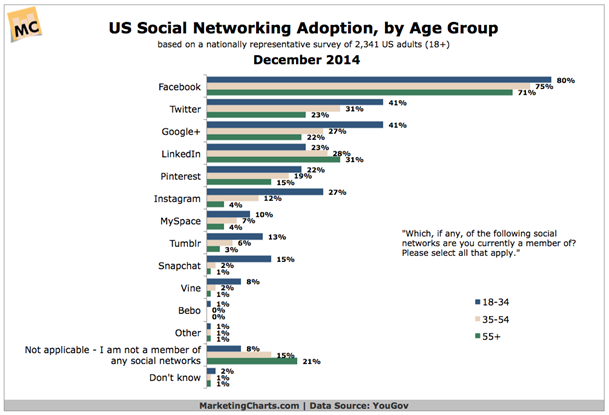Digital marketing has become an integral part of any business’s marketing strategy. As more and more people spend a significant portion of their time online, it has become crucial for businesses to not only have a strong online presence but to maximise their engagement digitally.
What is Digital Marketing?
Digital marketing refers to the promotion of products or services using digital channels, tools and approaches. This includes the use of websites, search engines, social media platforms, email, mobile apps, and other digital platforms. Our goal is to reach a targeted audience, build brand awareness, engage and drive conversions.
Components of Digital Marketing
Search Engine Optimisation (SEO)
SEO is the practice of optimising your website to rank higher on search engine results pages (SERPs). It involves various techniques such as keyword research, on-page optimisation, and link building to improve the visibility of your website on search engines like Google and Bing.
Pay-Per-Click Advertising (PPC)
PPC – or paid for advertising involves placing ads on search engine results pages or social media platforms. Advertisers pay a fee each time someone clicks on their ad. This is a highly targeted form of advertising that can generate quick results.
Social Media Marketing
Social media marketing involves using social media platforms like Facebook, Twitter, Instagram, and LinkedIn to promote your brand, engage with customers, and drive traffic to your website.
Content Marketing
Content marketing involves creating and sharing valuable content such as blog posts, long form articles, videos, and infographics to attract and engage your target audience. It reinformces your efforts in building brand awareness, establishing your brand as a thought leader, and ultimately driving conversions.
Email Marketing
Email marketing involves sending targeted emails to your subscribers to promote your brand, launch new products and services, drive traffic to your website, and encourage repeat business. This highly effective marketing allows you to reach your customers directly in their inbox.
Benefits of Digital Marketing
Increased Reach
Digital marketing allows businesses to reach a larger audience than traditional marketing methods. With the right strategies and tactics, businesses can connect with customers around the world and build a global brand.
Cost-Effective
Digital marketing is often more cost-effective than traditional marketing methods. Businesses can create and publish content, run ads, and engage with customers on social media at a much lower cost than traditional advertising methods.
Targeted Marketing
Digital marketing allows businesses to target their ideal customers based on demographics, interests, and behaviors. This helps businesses reach the right audience with the right message at the right time.
Measurable Results
Digital marketing allows businesses to track their marketing efforts and measure their success in real-time. This provides valuable insights that can be used to optimize future marketing campaigns.
Digital marketing has become an essential part of any business’s marketing strategy. By understanding the various components of the enhanced digital marketing mix, and the benefits it offers, you too can create effective marketing campaigns that drive results. Whether you’re a small business just starting out or a large corporation looking to expand your reach, digital marketing can help you achieve your goals and grow your business.

